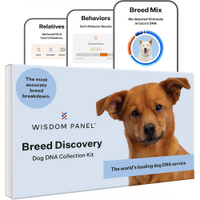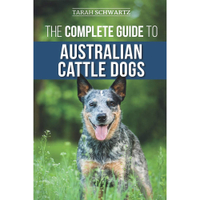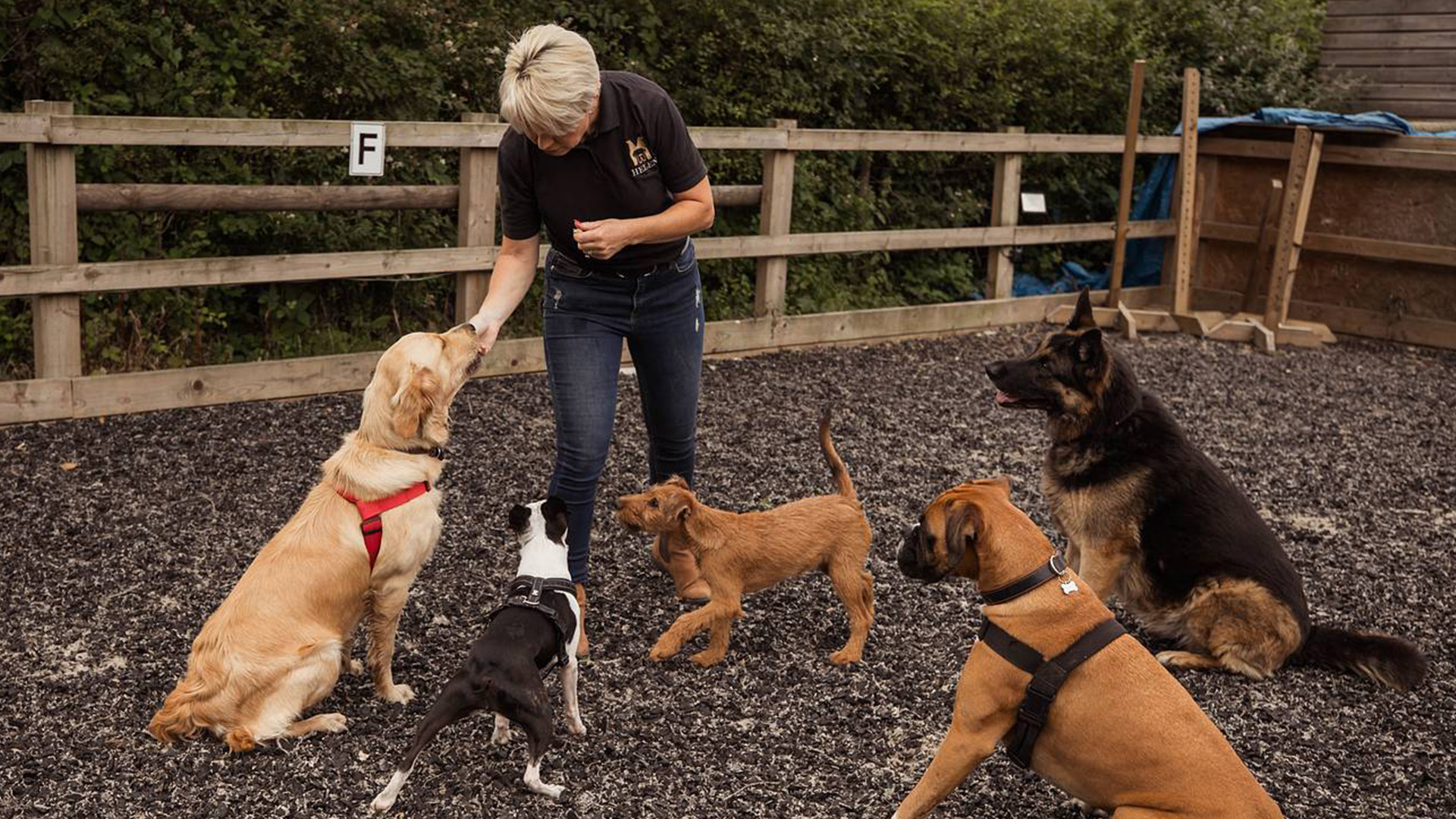Australian Cattle Dog: Originally bred for herding cattle, this breed is highly trainable
Learn more about this protective, loyal breed and whether it would be a right for your home
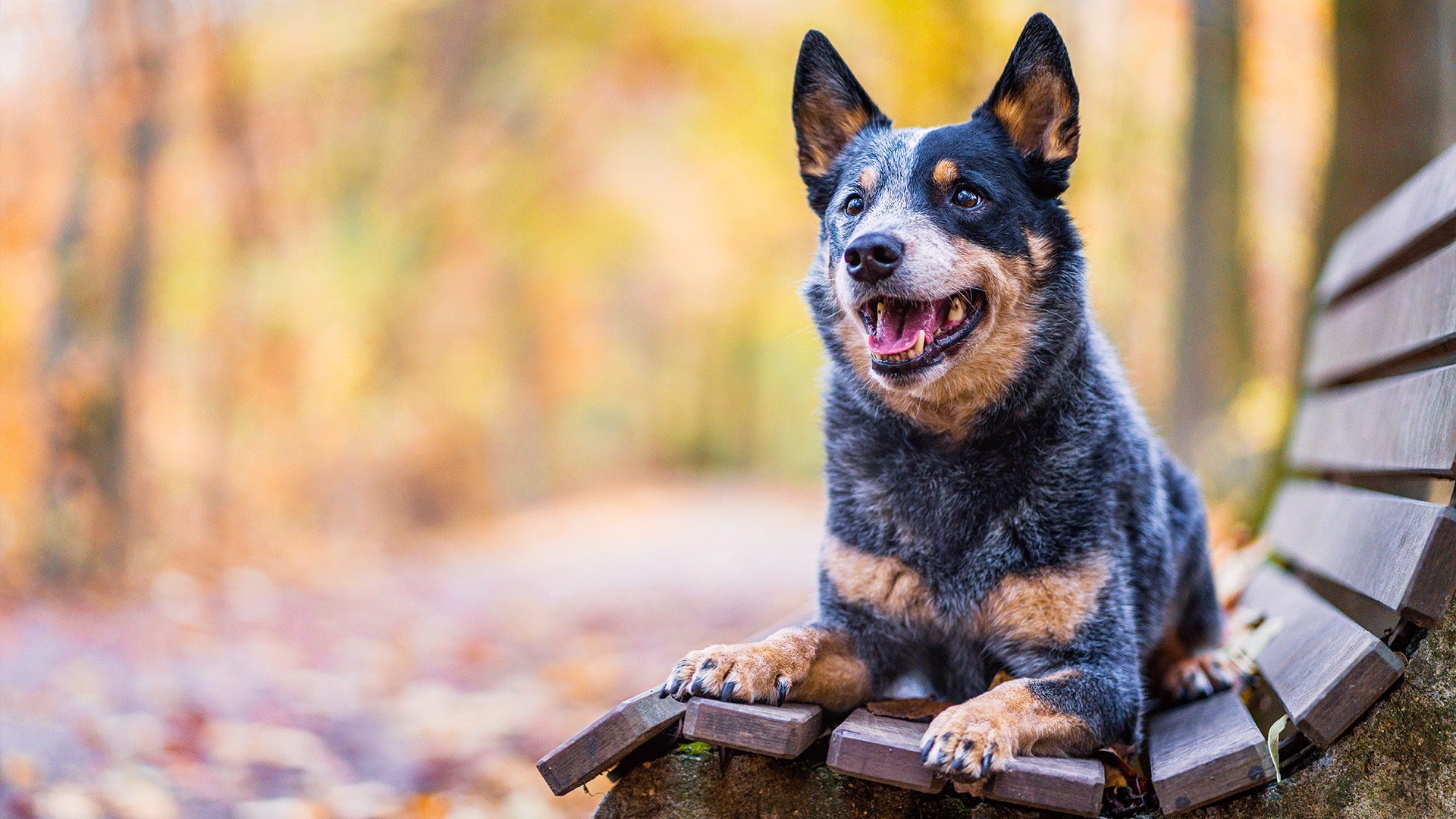
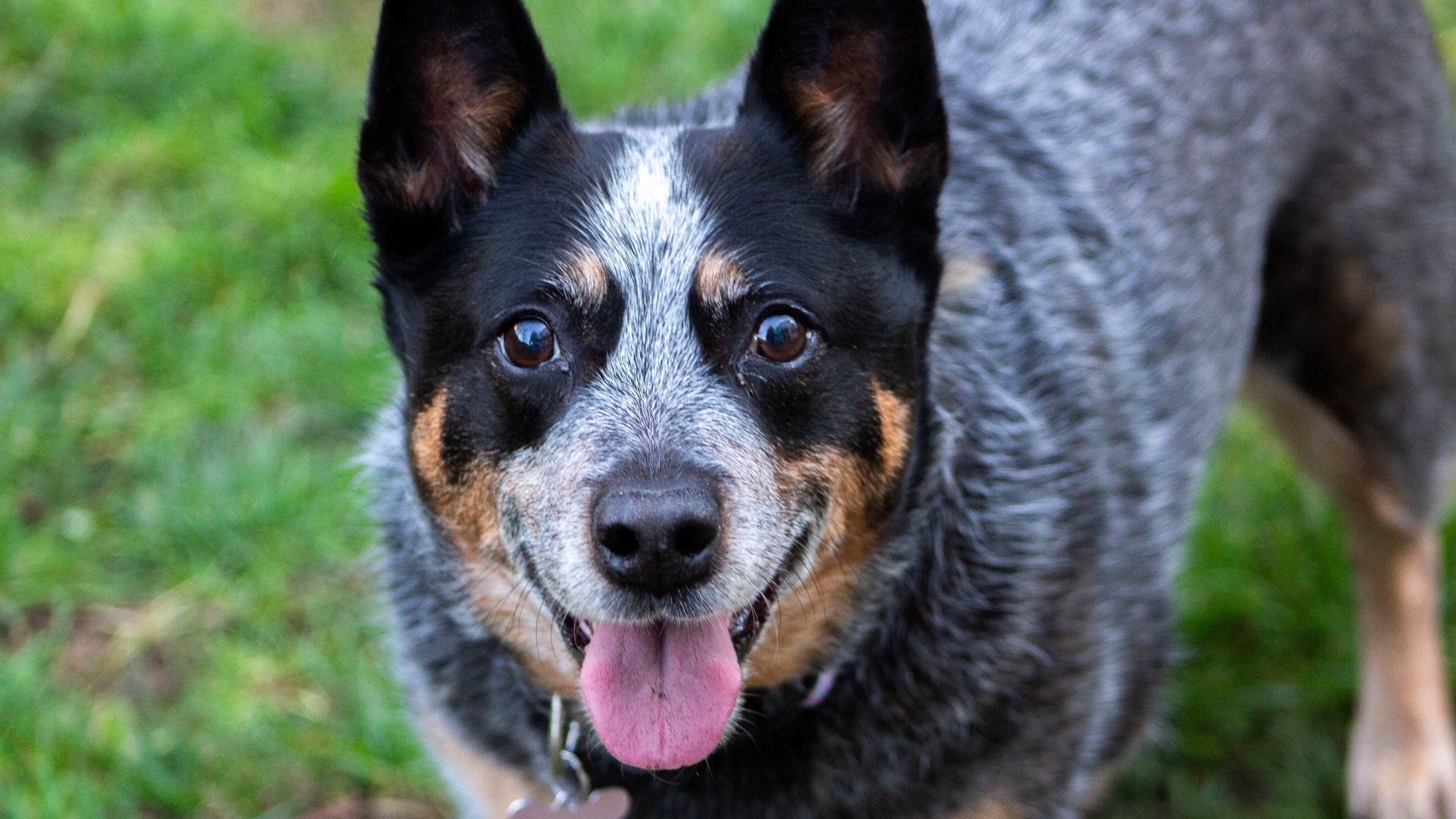
Life expectancy: 13 to 15 years
Size: 17-20-inches (male); 17 to 19 inches (female)
Coat: Short, dense, double-coat
Temperament: Loyal, energetic, cautious, protective, intelligent, courageous
Exercise needs: At least two hours daily
Origin/native country: Australia
Australian Cattle Dogs were bred for work during the 1800s and they needed to be strong and agile. It’s why they have such well-conditioned muscles and a quick pace – great attributes when seeking to round-up animals.
Nicknamed the “Blue Heeler” or “Red Heeler” on account of their colouring and method of nipping at the heels of cattle, they’ve since become popular pets. But because they are independent and active, they can pose a great challenge, particular for first time dog owners.
That said, they can also be richly rewarded when handled well and allowed into the right environment. They are also great at canine sports which makes them a heap of fun. Considering bringing one home? Let’s find out more about this breed.
How much exercise does an Australian Cattle Dog need?
As a herding dog breed, Australian Cattle Dogs have very high energy levels and they need as much exercise as you can give them.
“Australian Cattle Dogs were bred for work, so they have high endurance levels. Your dog will therefore need at least one to two hours of exercise per day,” says vet Dr Rebecca MacMillan.
Australian Cattle Dogs also need to be focussed on tasks as much as possible because they’re a highly alert and intelligent dog breed that can soon become bored.
“The Australian Cattle Dog is a working breed so needs plenty of mental stimulation to keep them happy,” Dr MacMilan adds.
PetsRadar Newsletter
Get the best advice, tips and top tech for your beloved Pets
Ideally, you would have a large, secure yard that enables them to run around freely and safely as this is a farm dog breed. You’ll also need a lot of toys inside an ideally spacious home – puzzle and tug toys are ideal. It’s also worth taking toys with your on your walks and runs. Anything they can fetch, chew on and catch (a frisbee works well) will help keep the body and mind ticking over.
Are Australian Cattle Dogs aggressive dogs?
Australian Cattle Dogs were bred to be protective so they can be suspicious of strangers. They are also known to nip and bite – when herding animals, they target the flanks to get them to move in a particular direction and they sometimes extend this behaviour to humans. Since they have a bite force of 230 to 250 PSI, this could hurt. But, in general, Australian Cattle Dogs are unlikely to show signs of aggression and you can train the nips, bites and herding instincts out of them. With good socialization, they get along fine with other dogs and animals too.
Are Australian Cattle Dogs easy to train?
The good news is that Australian Cattle Dogs are easy to train and that’s because they are highly intelligent. In fact, canine psychology expert Stanley Coren, ranks Australian Cattle Dogs among the top 10 clever canines in his book “The Intelligence of Dogs” which means they will understand new commands with fewer than five repetitions and obey the first command at least 95 percent of the time.
Just make good use of positive reinforcement and try to vary what you’re trying to teach so the dog doesn’t become bored and stubborn at having to repeat the same thing over and over again. It’s also important to socialize this breed early to reduce and eliminate the desire to nip, bite and herd.
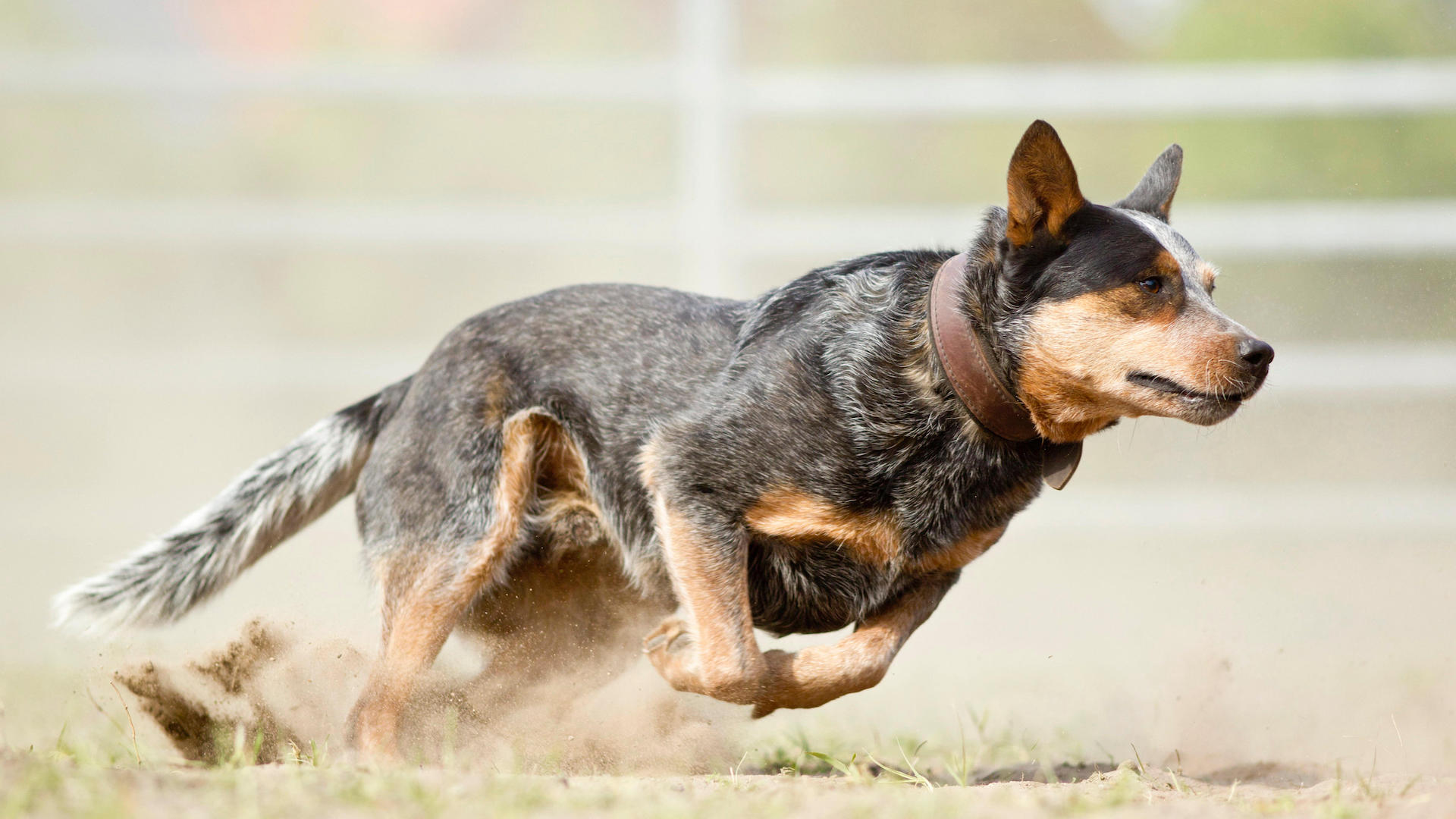
Do Australian Cattle Dogs growl and bark a lot?
Australian Cattle Dogs don’t growl any more than other breeds but some owners do report excessive barking.
“Australian Cattle Dogs were bred for herding livestock where barking is essential for keeping stray cows in check and communicating with their human,” says Dr MacMillan. So what can you do?
By ensuring the dog’s needs are being met, this breed is likely to bark less.
“This means plenty of physical exercise as well as mentally stimulating games and training exercises,” Dr MacMillan says. “A happy, tired dog is less likely to bark excessively.”
Appropriate training and socialization from a young age can also help prevent excessive vocalization.
“Owners should also work on positive reinforcement training, praising their dogs at times when they are quiet and calm. This rewards desirable behavior, encouraging your dog to repeat it again in the future,” Dr MacMillan adds.
Do Australian Cattle Dogs make good family pets?
Behavior shouldn’t be a problem.
“They are usually a friendly and intelligent breed with the right early socialization,” says Dr MacMillan. But the high energy levels and herding instincts of this breed can be an issue for some families, particularly in terms of the time you’ll need to spend on exercise and training.
“A busy family with younger children may struggle to meet their needs,” says Dr MacMillan. As such, they’re perhaps a better fit for families with older children who can even help you exercise the dog. This breed is also most suited to a large home and since it’s prone to separation anxiety, you’d ideally have someone around for most of the day.
Do Australian Cattle Dogs need lots of food?
Given how energetic Australian Cattle Dogs are, you’d imagine they’d be big eaters but unless they’re actually acting as a working dog, you don’t need to go overboard. Just ensure they have a high-quality diet packed with animal-based proteins and a good mix of vegetables, carbohydrates and vitamins and minerals.
“The amount of food your Australian Cattle Dog needs will vary depending on the type of diet you have picked, as well as the brand. Just make sure that you are feeding them a good-quality complete diet that is appropriate for their size and life stage,” Dr MacMillan says.
Wisdom Panel Breed Discovery DNA Kit | Amazon
Not sure exactly what breed your dog is? This kit screens for 365+ breeds – because knowing every detail about your dog helps you understand how best to care for them.
Do Australian Cattle Dogs need a lot of grooming?
Australian Cattle Dogs are a relatively low maintenance breed as they only require minimal grooming although, that said, they do shed quite a lot so prepare for some stray hairs in your home!
“They have a thick double coat that gives them protection against the elements. You can try to reduce levels of loose fluff by grooming your dog regularly to remove dead fur,” says Dr MacMillan.
The good news, she adds, is that despite their coat being short and dense, it is generally easy to brush.
“Daily brushing will help keep on top of loose fur, but you may be fine with just weekly grooming,” she says.
Australian Cattle Dogs' common health problems
Australian Cattle Dogs, like many pedigree breeds, are predisposed to an eye condition known as progressive retinal atrophy.
“This is an inherited problem with no known treatment or cure. Affected dogs will start losing their vision in dim lighting, known as night blindness, which can progress to complete vision loss,” says Dr MacMillan.
This breed is also prone to deafness.
“Again, there is no cure for this and affected dogs will need owners to adapt their training techniques to account for their lack of hearing,” Dr MacMillan adds.
Hip dysplasia is common in Australian Cattle Dogs, too.
“It is an inherited condition that causes the hip socket not to form correctly. This can lead to painful lameness and early-onset arthritis in the affected joint,” Dr MacMillan explains. “Purchasing from a reputable breeder that has health screened their dogs is important as it reduces the risk of the puppy inheriting problems.”
Should I get an Australian Cattle Dog?
Australian Cattle Dogs are an amazing breed and if you’re after an intelligent, devoted canine to fit in with an active lifestyle and accompany you on hikes or runs, then they should definitely be on your list. They’re not as suitable for busy, young families – consider a breed more suited to families instead – and you will need plenty of space but these friendly, protective pets can be an utter joy to be around.
The Complete Guide To Australian Cattle Dogs | Amazon
Using interviews with six top breeders, Tarah Schwartz has created an in-depth look at what it really takes to successfully live with, raise, and train an Australian Cattle Dog.
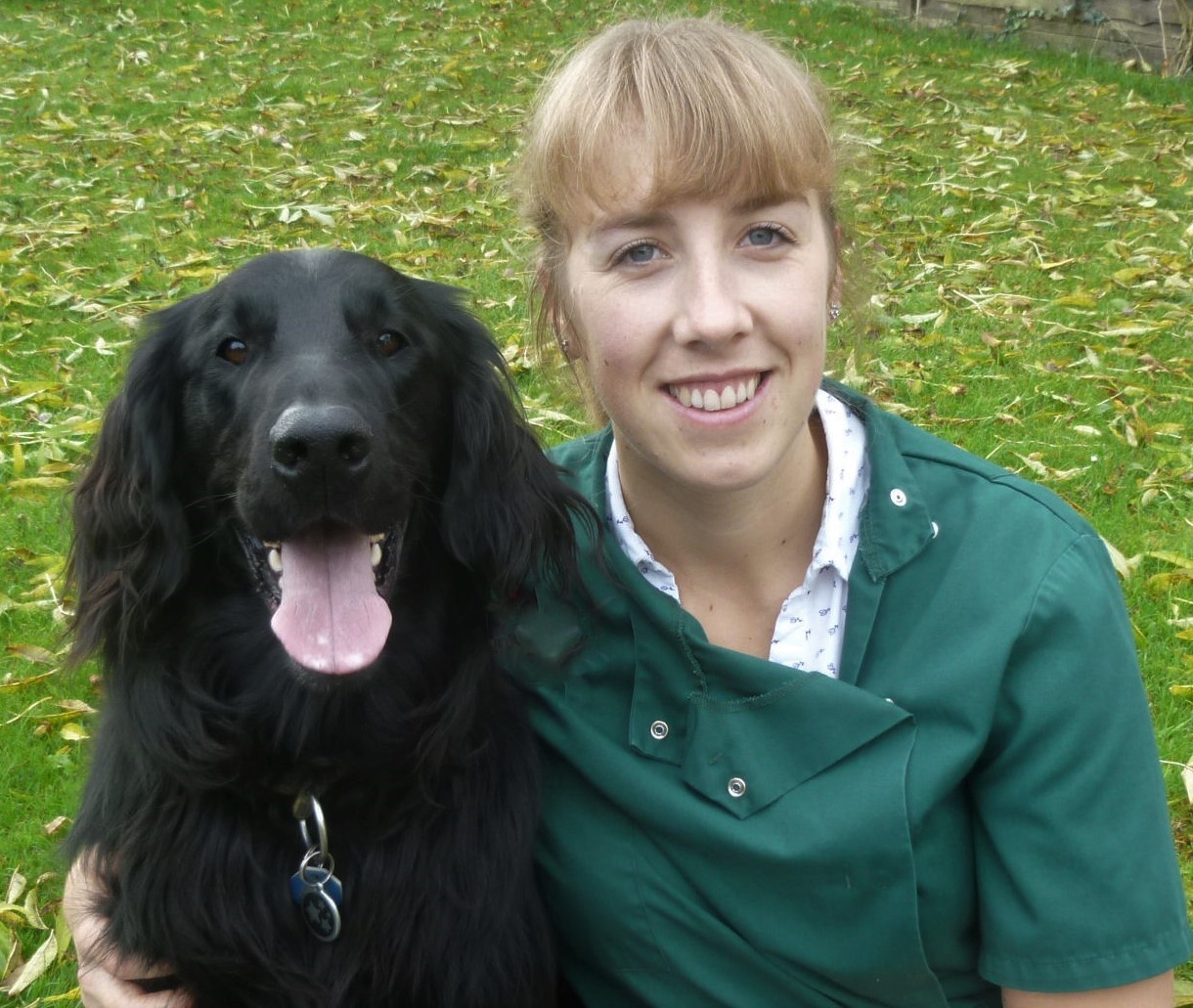
Rebecca is a veterinary surgeon who graduated in 2009 from the Royal Veterinary College in London. She has a wealth of experience in first opinion small animal practice, having done a mixture of day-to-day routine work, on-call emergency duties and managerial roles over the years. Rebecca enjoys medicine in particular and she is proud to have recently achieved a BSAVA postgraduate certificate in small animal medicine (with commendation).
She writes on various feline and canine topics, including behavior, nutrition, and health. Outside of work and writing she enjoys walking her own dog, spending time with her young family and baking!
Edited by Georgia Guerin.
Recent updates
This feature was last updated on February 12, 2025.

David Crookes has been a journalist for almost 30 years and he has written for a host of magazines, newspapers, websites and books including the World of Animals Annual, BBC Earth, Live Science, The Independent and Tom’s Guide.
Born in England, he lives with two cats but he’s also keenly interested in the differences between the huge number of dog breeds – in fact, you can read many of his breed guides that he’s written in collaboration with vets here on PetsRadar.
With a lifelong passion for technology, too, he’s always on the lookout for useful devices that will allow people to keep their pets happier and healthier, and provide them more time to spend together.
David has a degree from Durham University, as well as postgraduate diploma in journalism from the University of Central Lancashire.
